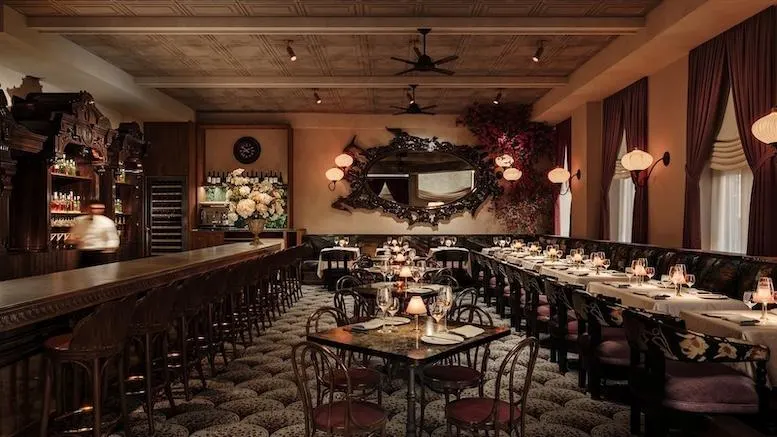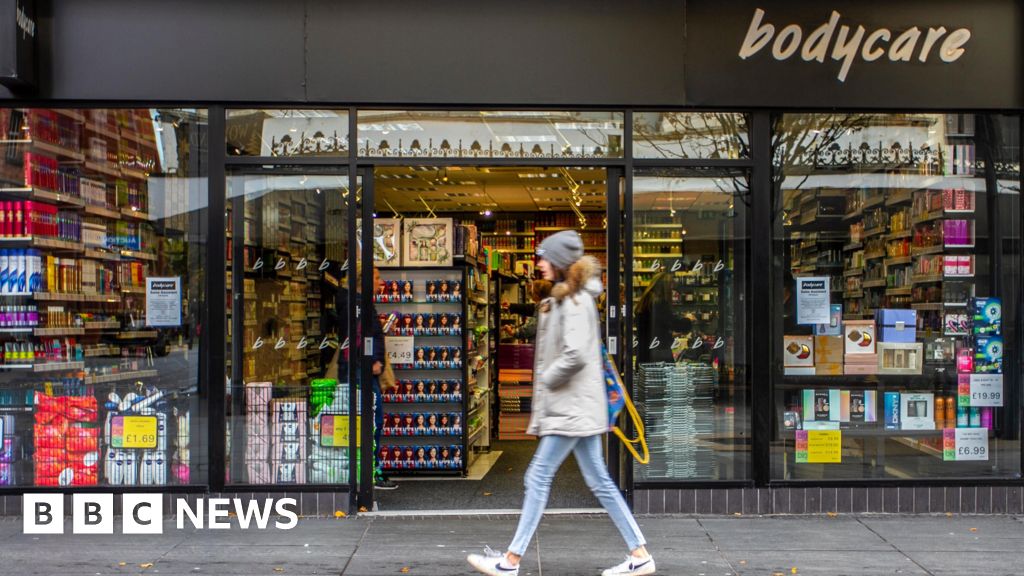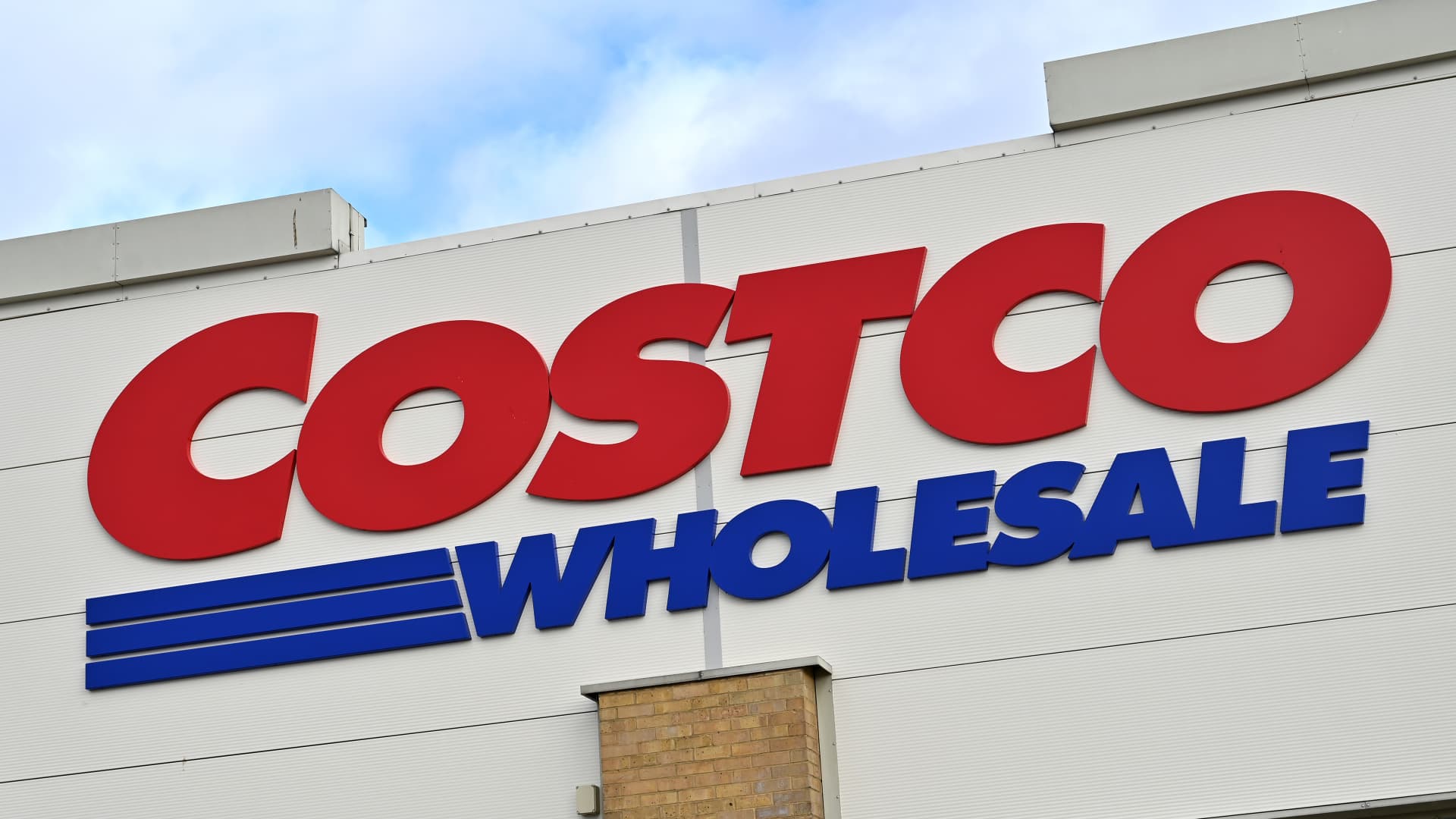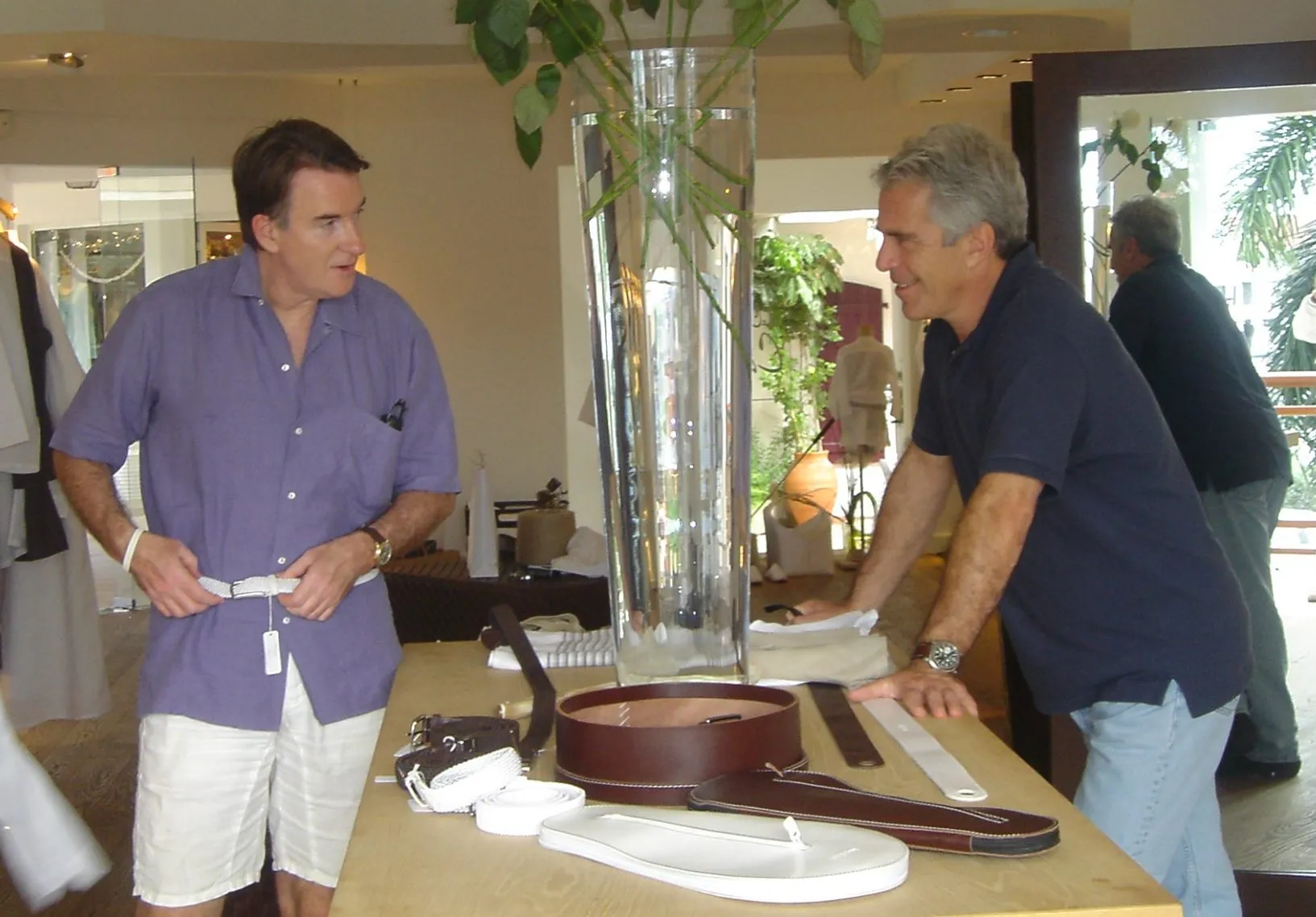By Contributor,John Mariani
Copyright forbes

Open since the 19th century at NYC’s South Street Seaport, Paris Cafe has new owners and bistro fare.
Back in the 1870s, had you booked a room at Henry Meyer’s Hotel near the South Street Seaport, you might have run into Teddy Roosevelt, Thomas Edison, Wild Bill Cody, Annie Oakley and Butch Cassidy and the Sundance Kid at the tavern he named The Paris Café. And while sipping on a Manhattan cocktail you could have watched the construction of the Brooklyn Bridge.
Restaurants that have survived through two centuries would be a rarity anywhere, especially in New York, where everything seems torn down and replaced every ten years. Delmonico’s still thrives on Beaver Street; Fraunces Tavern (though a reconstruction) is on Pearl Street; McSorley’s Ale House, Pete’s Tavern, the White Horse and the Landmark Tavern still pack them in, and Brooklyn’s Peter Luger and Gage & Tollner are always busy. But not many others.
The rear dining room at Paris Cafe has live music on weekends.
It is, therefore, wonderful to find that new owners have taken over the Paris Café and restored it with respectful finesse to look like it’s just opened its doors.
Thanks to Legeard Studio and OPUS Hospitality, the dining room retains its tin ceiling and pewter-topped bar, mosaic tile floors and brass appointments, while adding the welcome modernity of good lighting. On the slow night I visited the noise level was quite pleasant, with music well in the background.
Gougeres are cheese-rich puff soft pastry served as a starter at Paris Cafe .
MORE FOR YOU
The menu is largely Parisian bistro inspired, overseen by chef Benjamin Wolff, a Jersey boy who’s worked in New Orleans and in New York at Racines, and put in time as a fishmonger at Greenpoint Fish & Lobster Co., as well as running a bread business for two years out of his apartment. He told me that seafood is his favored kind of cookery and that French cuisine without too much fuss is what he is now committed to. He is not, as yet, taking any flights of fancy, instead honing his skills with the classics.
You may well start off with raw oysters with a mignonette sauce or a plateau de la mer for two or four.
There is a creamy foie gras terrine with buttered housemade brioche for a starter, or perhaps snails done in the Burgundian style with viscous, piping hot green garlic butter. As you’d find in any café bistro in Marseille, briny mussels are sloshed with Pernod, tarragon and espelette pepper and sided with very good French fries.
Nicise pissaladiere is made of puff pastry topped with slowly cooked onions and anchovies.
There must always be onion soup buoyed by sweet caramelized onions and layered over with browned Gruyère and baguette toast––a dish that hints that autumn is well on its way. Niçoise pissaladière comes as a flatbread of savory caramelized onions and saline anchovies on puff pastry. Bland steak tartare would have been better with more assertive seasonings.
There are only four plats principaux on the menu, which seems a tad skimpy, but you’ll be quite happy with the filet mignon lashed with an assertive black pepper sauce, with more of those French fries. Loup de mer (branzino) is carefully steamed within parchment paper with Provençal tomatoes, lemon, fennel, olives and Pernod, emerging with all those flavors suffused throughout the fish.
Filet mignon is napped with a creamy pepper sauce and served with hot frites.
At a time when whole roast chickens are costing $100 and more at uptown restaurants, it’s applause-worthy that Wolff’s is only $75, and it will feed four people. You also get creamy, rich mashed potatoes.
Hamburgers have long become a staple of bistro menus, and at Paris Café it comes with grass-fed beef (as it would in France), with caramelized onions, pickles and Wisconsin Red Rock cheddar, which was fine, but the seeded bun that tasted like it came from a supermarket needs replacement.
Pastry Chef Emma Scanlon toes the bistro line with rich dark chocolate mousse, crème brûleé and a most welcome clafoutis of nectarines with Cognac-laced crème anglaise.
La Revolution is a tiered dessert of cookies and pastries.
At the bottom of the desserts is a tower of pastries, cookies and meringue called for some reason “La Revolution,” which were quite good but not for a whopping $60. In some restaurants these mignardises and sweet bites––albeit just a few––are given gratis at the end of a meal.
The wine list at Paris Café is carefully built for depth and breadth, with a decent number of bottlings $100 and under.
You cannot help come through the doors of Paris Café without smiling, especially if you recall the prior days when it had little culinary appeal. Now it’s bright and shiny and beautiful once again, the food is on the mark and the location could hardly be more evocative of what was once called Little Olde New York.
119 South Street
646-386-7038
Open Tues.-Sun.; Sat. & Sun. for brunch.
Editorial StandardsReprints & Permissions



